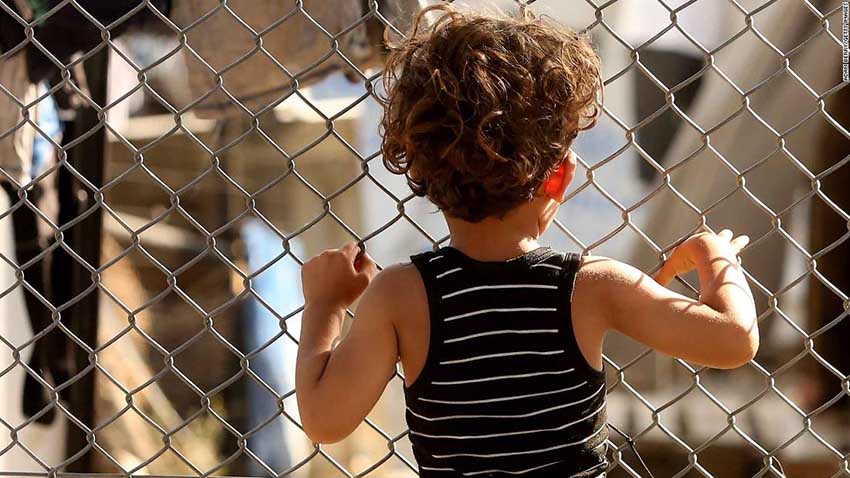Every day, a 14-year-old boy called Ayman jogs around the athletics track of a small local stadium.
Ayman is a Syrian refugee. He runs not because he has hopes of becoming one of the refugee Olympians, whose stories of courage lit up Rio 2016. Or even because he is particularly interested in sport.
He practices running, he says, because his mother and father were killed in Syria's seven-year war and one day he might have to flee again.
Ayman has reason to train. In 2017, every two seconds someone was forced to flee due to persecution, conflict or violence.
There are 68.5 million forcibly displaced people, the equivalent of the entire population of France. More than half of the world's refugees are children. Over 173,800 refugee and asylum-seeking children are separated from their families or have been forced to flee on their own. It is in their lives and their shattered futures that the most devastating consequences of war, violence and persecution play out.
As the world's conflicts have multiplied and intensified over the past few years to create millions more refugees and displaced people, governments seem to have overlooked their duty of care to children. Perhaps it is because the statistics can be so staggering that they harden us to the human suffering that underpins them.
Whether they are alone or with their families, we governments, aid agencies, businesses, communities have a moral and legal obligation to these children. Eighty-five percent of the world's refugees are hosted in developing and middle-income countries, often woefully under-resourced. Insufficient aid budgets and international indifference harm children first and foremost, exposing them to poverty, exploitation, child labor and trafficking.
Support must be stepped up to help these countries in their efforts to include refugee children in national education, health and social protection systems. We cannot build a future by shunting refugee children away into a parallel system of education comprising outdated materials, improvised school buildings or untrained teachers. Their lives are placed at risk when they are turned away from state-run hospitals and clinics, forcing them to look for unofficial sources of medical advice and practice.
Many refugee emergencies all over the world have evolved from short-term crises into protracted situations. This means there are multiple generations of refugees who have known nothing but exile. Aid must be more than food, water and shelter. It needs to include protection, education, health care, access to jobs, and a thread of hope for those whom the world has cast adrift.
Refugee children endure unthinkable suffering every day. For those who embark on journeys to reach safety or join relatives further afield, smugglers and traffickers are often the only recourse. Exposed to extreme danger on unseaworthy vessels, on rescue ships unable to dock, in refrigerated container trucks, camped out in makeshift shelters, they too often face hostility and rejection just when they think they have found sanctuary.
Turned away by border guards and impenetrable barbed wire fences, kept in detention centers, or separated from their parents the violence that propelled them from their countries is perpetuated by the hostile reception they receive.
UNICEF and UNHCR assert that all children on the move, no matter why or how they were uprooted, should receive the same care and compassion as any other child. Children are first and foremost children and regardless of their nationality, their legal status, or that of their parents, their welfare and rights must be at the center of our actions.
We should welcome, nurture and invest in refugee children wherever they are. They are remarkably adaptable. They will learn the language and make local friends, if they are only given the chance to do so. Allowed to flourish through a safe environment, education, and opportunities, they will contribute to the societies that host them, and help rebuild their countries when peace allows them to go home.
Achieving this needs a radically new approach that engages national governments, local communities, donors, development agencies, businesses, faith organizations and all those who can play a role in protecting and supporting refugees.
A new model for a more predictable and comprehensive refugee response, adopted by the United Nations General Assembly in 2016, is already driving change. It paves the way for a new global compact on refugees that will be presented to the world body later this year.
Properly implemented, it aims to transform the way the world responds to the plight of refugee children and their families. This includes investments in refugee hosting communities and fair and humane asylum policies that allow refugees to live in safe and dignified conditions. More opportunities to resettle, be reunited with families, study and work abroad will reduce the need for perilous journeys.
Here is our call to action: refugee children, whether on our doorsteps, or in remote borderlands, must be protected, sheltered and equipped for their futures. They must have an education that will arm them with the skills and confidence to rebuild their shattered lives. Our ability to make a difference in their lives between despair and hope, and being left behind and building a future is a test of our shared humanity.
This article originally appeared on : CNN
-
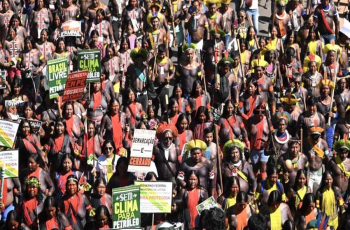
Indigenous people march in Brazil to demand land demarcation
2024-04-24 -
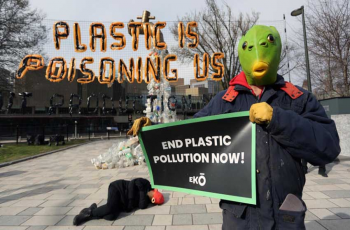
Talks on global plastic treaty begin in Canada
2024-04-24 -
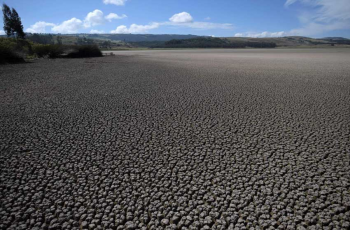
Colombian court recognizes environmental refugees
2024-04-24 -
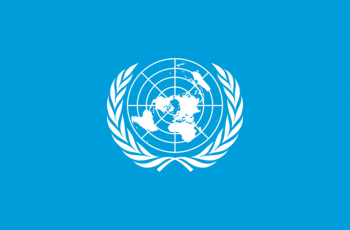
Asia hit hardest by climate and weather disasters last year, says UN
2024-04-23 -

Denmark launches its biggest offshore wind farm tender
2024-04-22 -

Nobel laureate urges Iranians to protest 'war against women'
2024-04-22 -
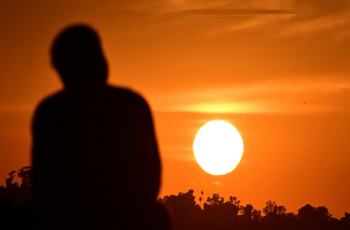
'Human-induced' climate change behind deadly Sahel heatwave: study
2024-04-21 -
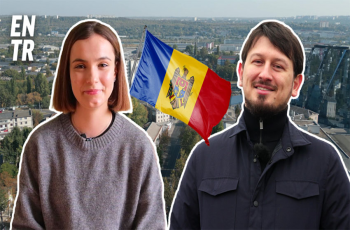
Moldovan youth is more than ready to join the EU
2024-04-18 -
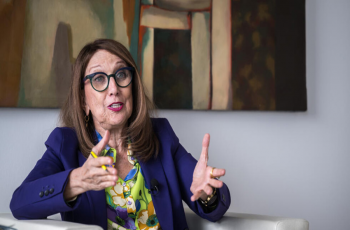
UN says solutions exist to rapidly ease debt burden of poor nations
2024-04-18 -
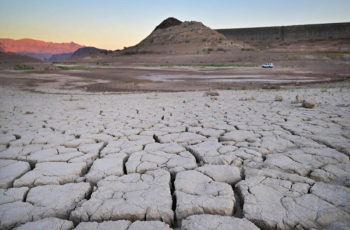
Climate impacts set to cut 2050 global GDP by nearly a fifth
2024-04-18

